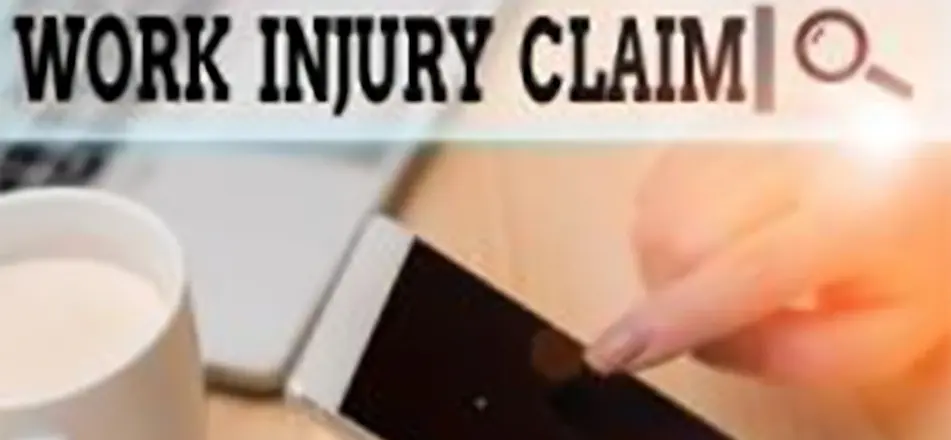Empowering Connecticut Injured Workers: Vocational Rehabilitation in Workers’ Compensation Claims

Experiencing a work-related injury is a challenging and often life-altering event. Beyond the physical pain and recovery process, injured workers may also face significant changes in their career paths. This is where vocational rehabilitation steps in as a beacon of hope, offering a pathway to new opportunities and career pivots. Understanding how vocational rehabilitation works, especially within the State of Connecticut’s Workers’ Rehabilitation Services, can be pivotal for injured workers looking to rebuild their professional lives.
What Is Vocational Rehabilitation?
Vocational rehabilitation (VR) is a service provided to injured workers who are unable to return to their previous employment due to their injuries. The goal is to help these individuals gain new skills or adapt existing ones to secure employment in a different field. This process often includes career counseling, job training, and educational programs.
Connecticut’s Workers’ Rehabilitation Services: A Lifeline for Injured Workers
Connecticut offers a robust program through its Workers’ Rehabilitation Services, specifically designed to assist injured workers. One of the standout features of this program is the provision of up to two years of schooling. This educational support can be instrumental for those needing to pivot to a new career due to the limitations imposed by their injury.
Key Benefits of Connecticut’s Workers’ Rehabilitation Services
- Educational Opportunities: Injured workers can access up to two years of schooling to gain new qualifications or enhance existing skills.
- Career Counseling: Personalized guidance to help identify suitable career paths based on the worker’s abilities and interests.
- Job Placement Assistance: Support in finding and securing employment in the new field.
- Financial Support: Coverage for tuition and related expenses during the retraining period.
Private Retraining Options: An Alternative Path
In addition to state-provided services, some Workers’ Compensation carriers offer private retraining options. These can be an excellent alternative or supplementary to state services, providing additional flexibility and resources tailored to the injured worker’s unique circumstances.
Why Consider Private Retraining Options?
- Customization: Private programs may offer more tailored solutions that align closely with the injured worker’s specific needs and career aspirations.
- Additional Resources: Access to a broader range of training programs and educational institutions.
- Enhanced Support: Potential for more personalized and intensive support throughout the retraining process.
The Importance of Consulting a Board Certified Workers’ Compensation Specialist
Navigating the intricacies of vocational rehabilitation and making the most of available resources can be complex. This is why consulting a Board Certified Workers’ Compensation Specialist is crucial. A specialist can provide expert guidance on:
- Eligibility Requirements: Understanding the criteria to qualify for both state and private vocational rehabilitation programs.
- Application Process: Assistance with the paperwork and procedures involved in applying for vocational rehabilitation.
- Maximizing Benefits: Strategies to ensure injured workers receive the full range of benefits available to them.
- Long-Term Planning: Crafting a comprehensive plan that considers the injured worker’s future career goals and financial stability.
Requirements and Process for Vocational Rehabilitation
Eligibility Criteria
To qualify for vocational rehabilitation services, injured workers typically need to demonstrate that:
- Their injury prevents them from returning to their previous job.
- They are capable of benefiting from vocational rehabilitation services.
- They have a genuine interest in retraining for a new career.
Application Process
- Initial Assessment: An evaluation to determine the injured worker’s abilities, interests, and potential career paths.
- Developing a Plan: Crafting a personalized vocational rehabilitation plan that outlines the steps and resources required for the career transition.
- Training and Education: Enrolling in relevant educational programs or job training courses.
- Job Placement: Support in finding and securing employment in the new field.
- Ongoing Support: Continuous guidance and assistance to ensure successful adjustment to the new career.
Moving Forward: Your Path to a New Career
Your workers’ compensation claim is not limited to the time it takes to settle your case. After the settlement, the journey towards vocational retraining and a new career begins. With the right support and resources, injured workers can successfully navigate this transition and embark on fulfilling new professional paths.
In Summary:
By leveraging vocational rehabilitation services, both state-provided and private, injured workers can turn a challenging situation into an opportunity for growth and transformation. Remember, the path to recovery and a new career is within reach, and you don’t have to navigate it alone.
Contact A Stratford, CT Board Certified Workers’ Compensation Attorney today.
If you or someone you know is facing the challenges of a work-related injury and is considering vocational rehabilitation, don’t hesitate to seek expert advice. Call a Board Certified Workers’ Compensation Specialist at the Morizio Law Firm today at 203-386-1433 to explore your options and take the first step towards a brighter future.

